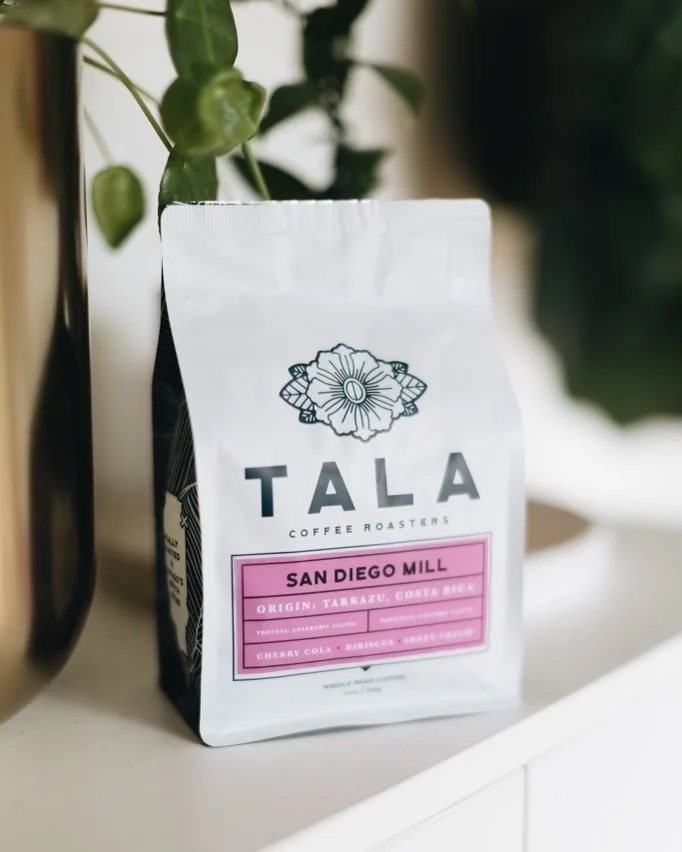San Diego Mill: Tarrazu, Costa Rica
Lactic Anaerobic Processing
Costa Rica is at the forefront of innovative coffee processing, including the lactic anaerobic process. This process stands out from standard anaerobic processes due to its emphasis on lactic acid production. Super ripe coffee cherries, selected for their high sugar content, are fermented in an oxygen-free environment tailored to promote lactic acid-producing bacteria. The result is a coffee with enhanced sweetness, with flavor notes leaning more towards the fruity end of the spectrum. In contrast, standard anaerobic processes do not specifically target lactic acid production, leading to broader, less predictable flavors that may be more tart or bright. The lactic anaerobic process offers a more refined and consistent taste experience.
From the importer
Tarrazú, Costa Rica, is renowned for its exceptional coffee, earning Denomination of Origin status in 2019. What sets Tarrazú beans apart is their distinctive cup profile, marked by fine acidity and a full body, distinguishing them from the broader Los Santos area. The coffee in this lot was grown at altitudes ranging from 1,450 to 1,750 meters above sea level.
These beans are processed at Beneficio San Diego, a pioneering mill in Costa Rica. Established in 1888, this mill has been pressing the boundaries of coffee innovation for over a century. Beyond processing, Beneficio San Diego is committed to fostering strong community relationships and promoting sustainable production, working closely with local producers to ensure long-term success.
From the Roaster
San Diego Mill has been doing some really awesome experimentation in coffee processing recently, and I ordered a bunch of samples of their unique processing methods for one coffee to taste the differences that result from each process. This coffee was noticeably sweet, effervescent, and creamy. "Cherry cola Italian soda" was the experience that immediately came to mind when I first tasted it. Its sparkling qualities were so enticing and intriguing to me, and they were unique to this coffee and its process compared to everything else. It's easy to develop a bias about what we expect coffee—or a specific coffee from a specific region—to taste like, and this coffee pushes those expectations in the most fun way.

